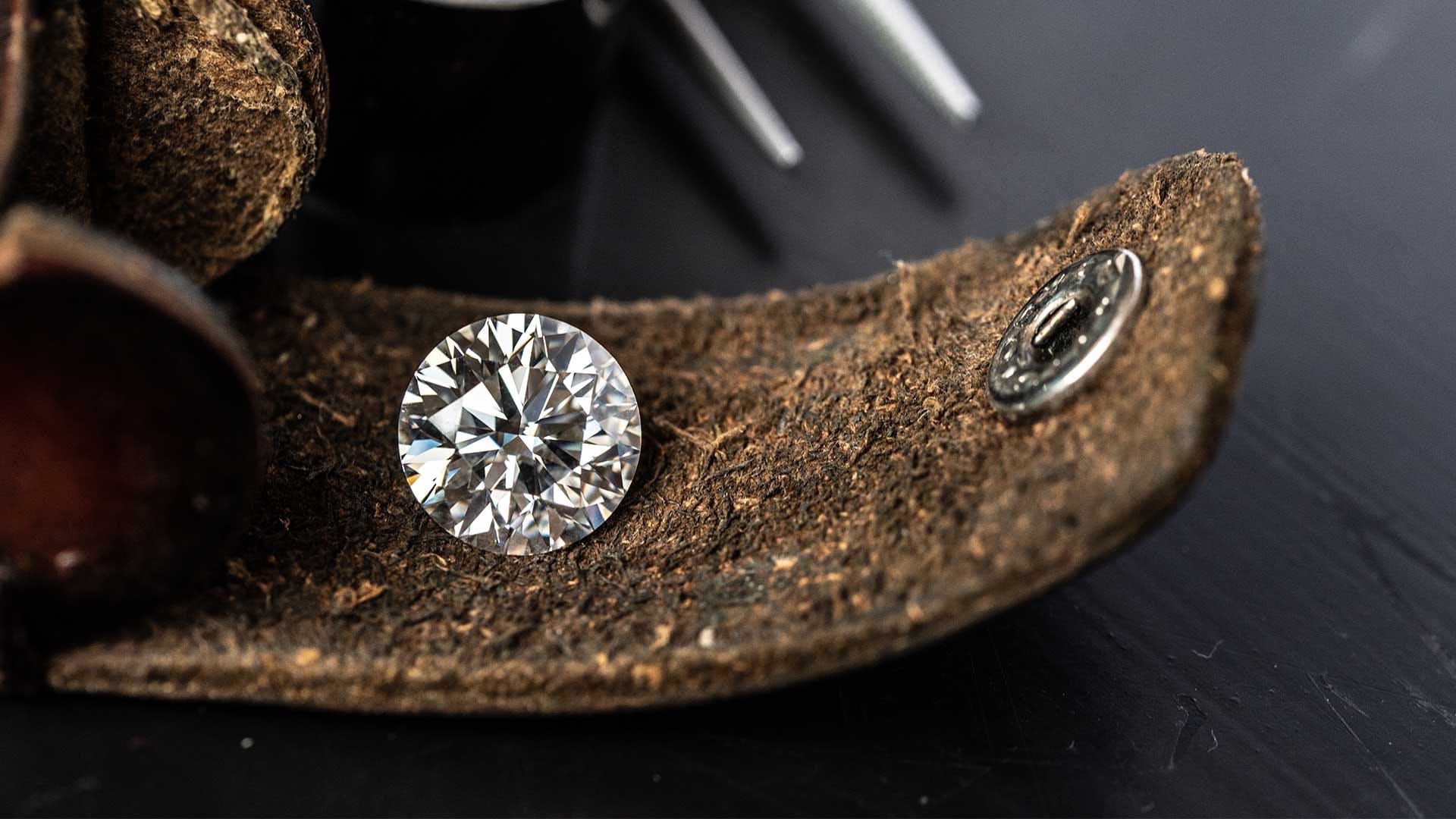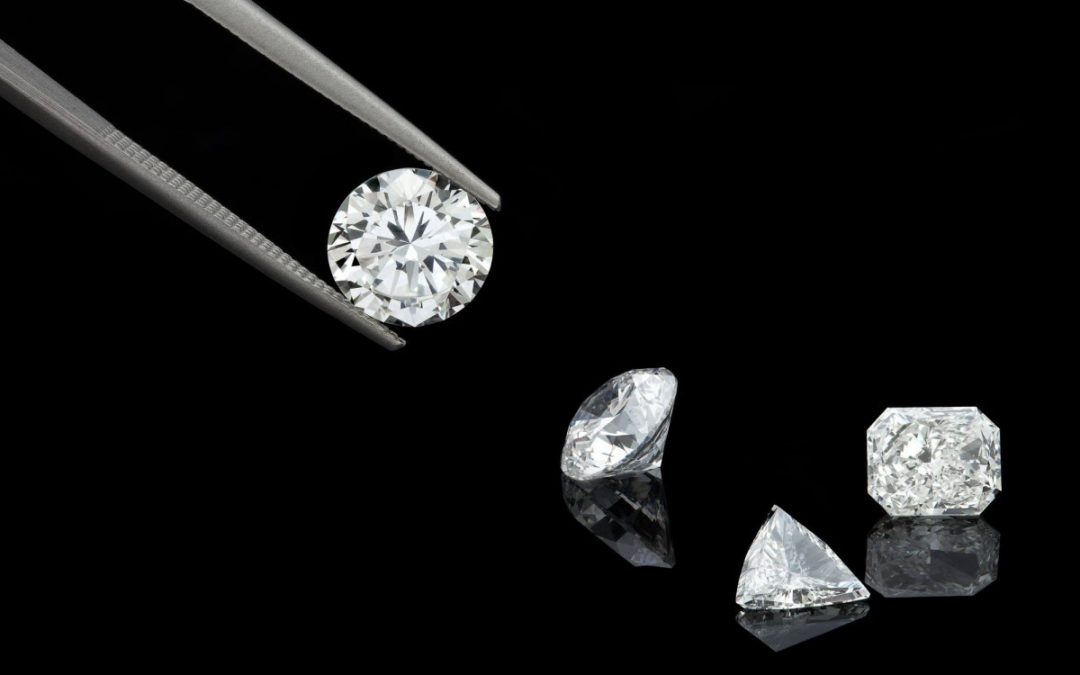Introduction to Diamonds
Diamonds have enchanted human improvement for quite a while. Past their stunning style, diamonds address love, status, and determination. From old-fashioned municipal foundations to cutting edge luxury, diamonds have been cherished for their interesting case and brilliance.
What are Diamonds?
Diamonds are naturally occurring gems outlined significant inside the World’s mantle more than billions of years. Made from carbon particles coordinated in a pearl structure 4Cs diamanten, diamonds are the hardest known substance, making them ideal for enduring brilliance and strength in jewelry.
Obvious Importance of Diamonds
Since the dawn of time, diamonds have been adored by social orders all over the planet. Old human headways acknowledged diamonds had strange capacities and considered them pictures of fortitude and strength. After some time, diamonds became indivisible from wealth, distinction, and endless love.
Current Motivations behind Diamonds
In the state of the art time, diamonds are esteemed for their greatness as well with respect to their cutting edge applications. Past jewelry, diamonds are utilized in cutting mechanical assemblies, clinical equipment, and state of the art development in light of their amazing hardness and warm conductivity.
The Meaning of 4Cs
While evaluating diamonds, the 4Cs — cut, clearness, assortment, and carat weight — are by and large recognized standards that portray a diamond’s quality and worth. Each C expects a pressing part in choosing a diamond’s appearance and magnificence.
Why Are the 4Cs Huge?
Understanding the 4Cs grants purchasers to make informed decisions while purchasing diamonds. These standards conclude a diamond’s visual charm as well as its interesting case and market regard.
How Do the 4Cs Impact Diamond Worth?
All of the 4Cs impacts a diamond’s general expense. Diamonds with higher cut grades, overwhelming clarity, bluntness, and greater carat loads are more unprecedented and, as needs be, more critical keeping watch.
Clearness
Diamond clearness suggests the presence of internal and external deformities, known as consolidations and imperfections, independently. Clearness is assessed on a scale going from “great” (no imperfections evident under 10x enhancement) to “included” (surrenders recognizable to the independent eye).
Understanding Diamond Clarity
Fuses are natural characteristics formed during the diamond’s crystallization collaboration. They can show up as valuable stones, plumes, or fogs inside the diamond. Defects, on the other hand, are outside imperfections, for instance, scratches or scratches on the diamond’s surface.
Kinds of Contemplations
Ordinary kinds of contemplations consolidate valuable stones, plumes, and pinpoints. The size, number, position, and nature of these consolidations conclude a diamond’s clearness grade.
How Clarity is Evaluated
Diamond clearness is studied under 10x intensification by gemologists who survey the size, region, and detectable quality of consolidations and blemishes. The Gemological Foundation of America (GIA) and other reliable labs give clearness grades going from “FL” (immaculate) to “I3” (included).
Surveying Diamond Tone
Diamond tone is checked on a scale from D (boring) to Z (light yellow or brown). Dull diamonds (D-F) are remarkable and astoundingly regarded for their uprightness and brilliance.
Assortment Assessing Scales (GIA and others)
The GIA assortment assessing scale is for the most part recognized in the diamond business. Past terrible diamonds, there are furthermore luxurious concealed diamonds that show colors of pink, blue, yellow, and various assortments, each with its own auditing standards.
How Assortment Affects Diamond Assessing
Dry diamonds (D-F) command more noteworthy expenses due to their exceptional case and outstanding splendor. As the diamond’s assortment grade drops down the scale towards Z, the presence of assortment becomes more noticeable, affecting its worth and appeal.
Notable Diamond Tones and Tendencies
While dry diamonds are godlike and model, luxurious shaded diamonds are acquiring noticeable quality for their uniqueness and personalization. Concealed diamonds are a significant part of the time picked for their specific colors and delegate suggestions.
When it comes to diamond cut types, the choice can significantly impact the stone’s brilliance and overall appearance. The round brilliant cut is the most popular and widely recognized, known for its exceptional sparkle and ability to reflect light from all angles. Princess cut diamonds offer a modern, square shape with sharp, clean lines and a brilliant sparkle. For those who appreciate a classic touch diamantenschliff arten, the emerald cut showcases a rectangular shape with step-cut facets that highlight clarity and elegance.
Cut
Diamond cut insinuates the craftsmanship and innovativeness drew in with embellishment a cruel diamond into a cleaned pearl. The cut effects how light associates with the diamond, working on its splendor, fire, and shimmer.
The Specialty of Diamond Cutting
A diamond’s cut isn’t just about its shape yet furthermore its degrees, equilibrium, and clean. By and large around cut diamonds expand light execution, making entrancing reflections and gleam.
Different Diamond Cuts and Shapes
Diamonds are available in various cuts and shapes, each with its own properties and charm. Notable diamond cuts integrate round wonderful, princess, emerald, and cushion cuts, among others.
Meaning of Cut in Diamond Brilliance
The idea of a diamond’s cut clearly impacts its brilliance and superbness. A particularly cut diamond reflects light inside beginning with one element then onto the following, helping its brilliance and making a dazzling show of assortments.
Famous Diamond Cuts Over the whole process of everything working out
Certain diamond cuts have become famous in view of their relationship with eminent diamonds and obvious significance. For example, the round awesome cut is prominent for its eternal classiness and most noteworthy fire.
Carat Weight
Diamond carat weight gauges a diamond’s size rather than its quality. One carat is equivalent to 200 milligrams, and greater diamonds are more phenomenal and, along these lines, more significant.
Weight’s importance could be a little more clear.
Carat weight is a standardized assessment used to check out at the ranges of different diamonds. While carat weight influences a diamond’s expense, concluding its eminence or quality doesn’t be ensured.
How Carat Weight Affects Diamond Size
As carat weight increases, so does the diamond’s size. Notwithstanding, factors, for instance, cut quality and diamond degrees similarly influence how colossal a diamond appears when worn.
Understanding the Assessing Impact of Carat Weight
Diamond costs increase decisively with carat weight due to the exceptionalness of greater diamonds. A slight differentiation in carat weight can essentially impact a diamond’s expense for every carat.
Picking the Right Carat Weight for You
Picking the ideal carat weight depends upon individual tendencies, monetary arrangement, and needed diamond appearance. A couple of individuals center around size, while others could lean toward a more superb cut or clearness inside a specific carat range.
Conclusion
In conclusion, diamonds are something past important gems — they are pictures of love, eminence, and enduring style. Understanding the 4Cs — cut, clarity, assortment, and carat weight — draws in buyers to pick diamonds that line up with their tendencies and values. Whether purchasing a diamond for its smart charm, nostalgic worth, or adventure potential, each diamond recounts to an exceptional story shaped by its remarkable case, craftsmanship, and social significance. By esteeming the unbelievability and science behind diamonds, we can praise their interminable appeal while propelling moral practices that benefit the two customers and diamond-delivering networks all over the planet.



